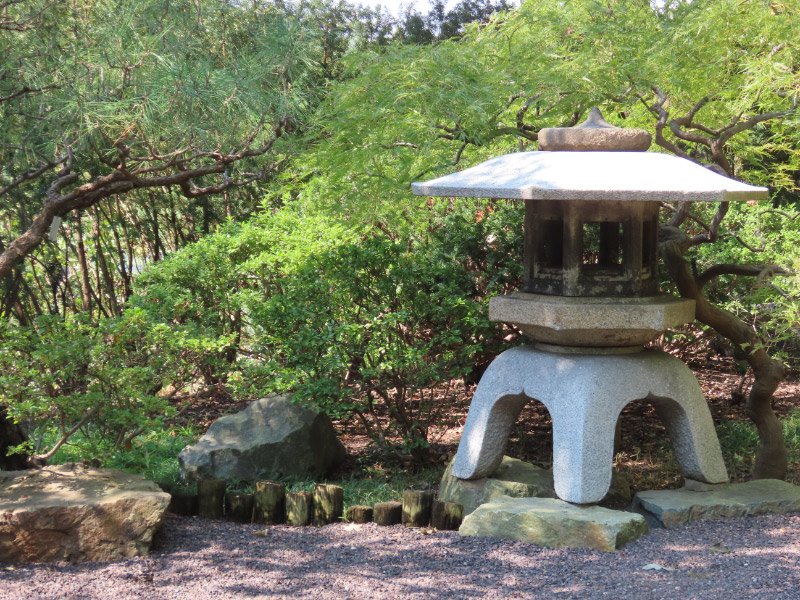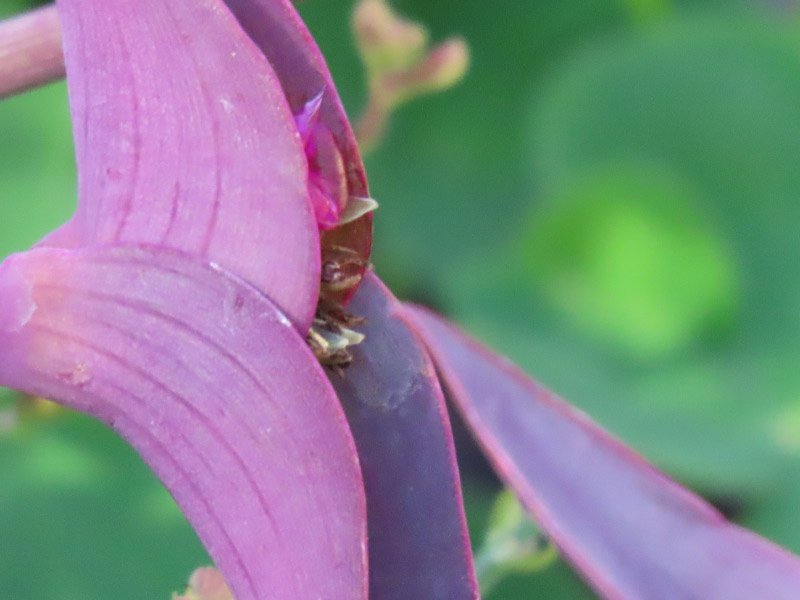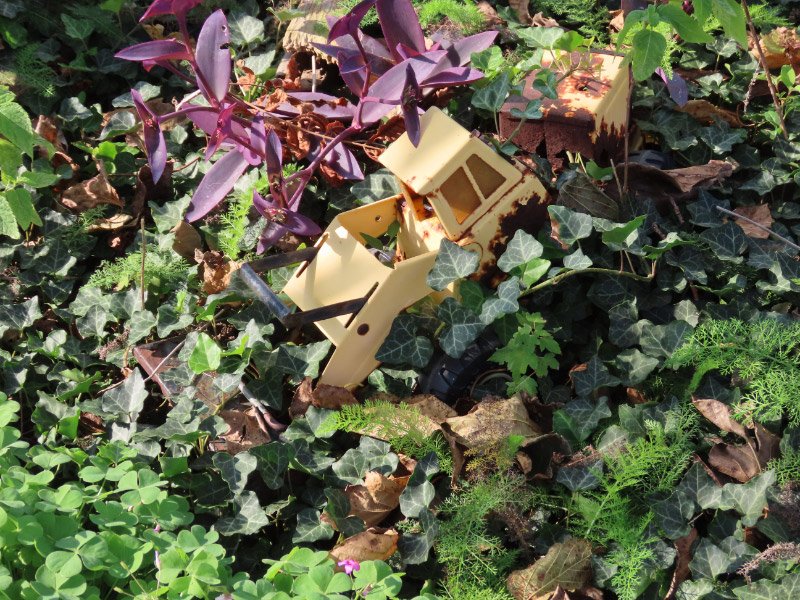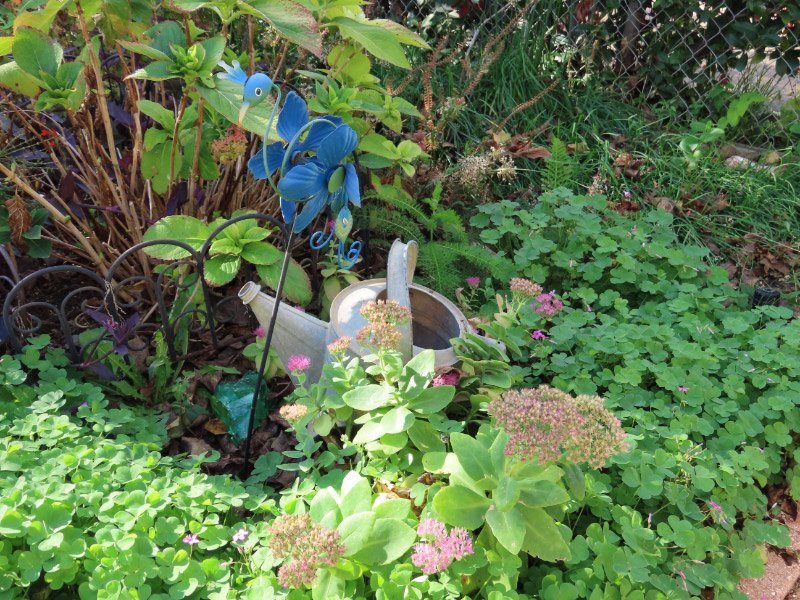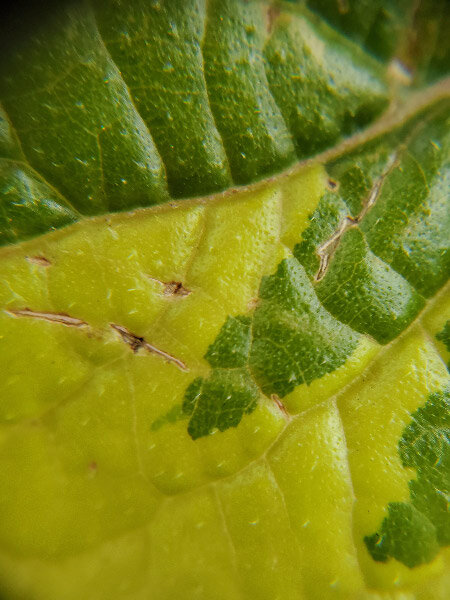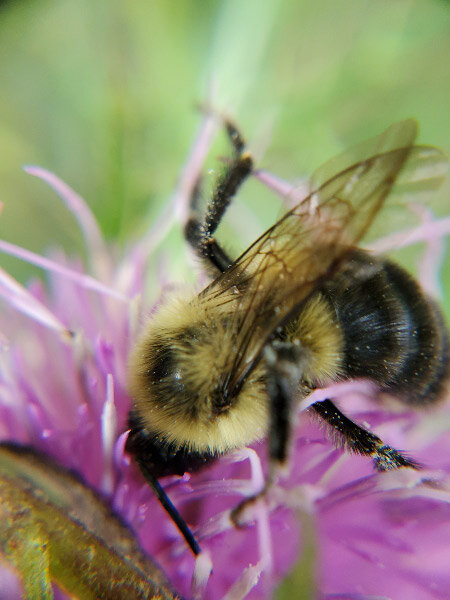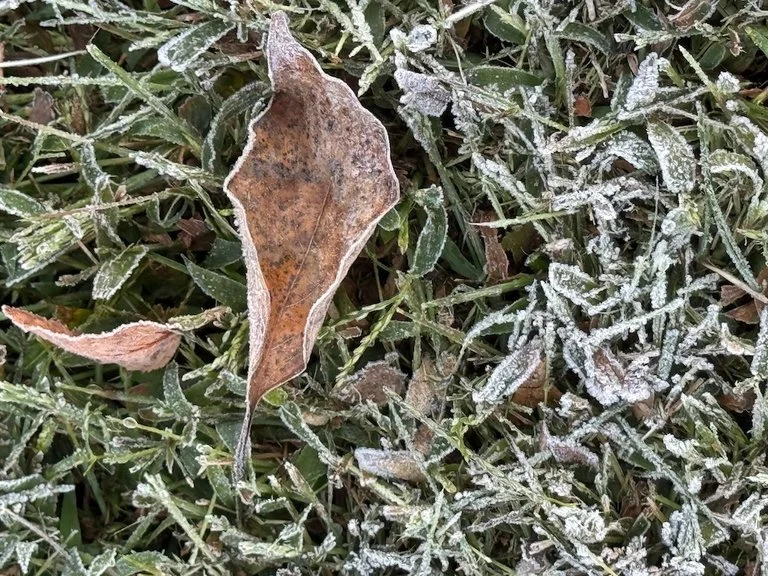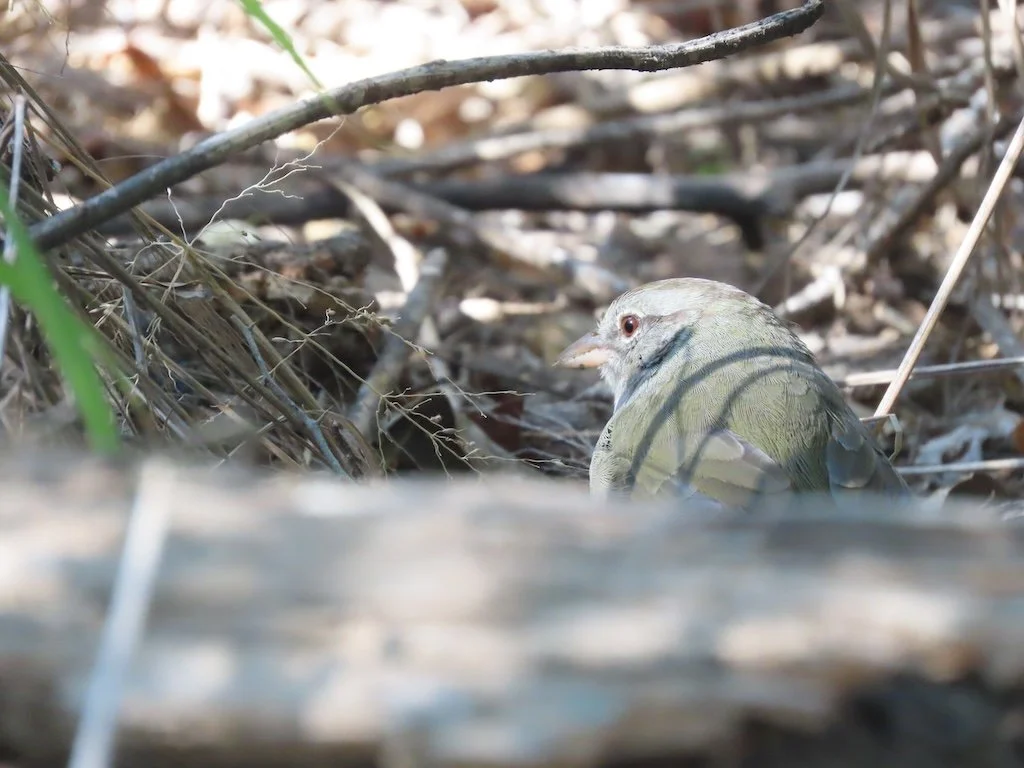Gleanings of the Week Ending July 26, 2025
/The items below were ‘the cream’ of the articles and websites I found this past week. Click on the light green text to look at the article.
Greenland Sled Dog DNA Reveals a Story of Human Migration and Ancestry of the Unique Breed - The ancestors of the Inuit arrived in Greenland earlier than previously thought—potentially even before the arrival of the Vikings.
A Bird’s Eye View: Drones Search for Grassland Birds in Colorado - Drones have been used to survey animals from afar for years; this project borrows from those learnings for the novel —and challenging—task of detecting small-bodied, ground-nesting birds (Bobolinks) amid thick, tall grass, without disturbing the species of interest.
Hungary's oldest library is fighting to save 100,000 books from a beetle infestation - Tens of thousands of centuries-old books are being pulled from the shelves of a medieval abbey in Hungary to save them from a beetle infestation that could wipe out centuries of history. I wondered how many of the books have been scanned.
'Wobbly-tooth puberty': How children's brains change at six-years-old – A stage in which a child is constructing their identity, and they're trying to figure out who they are in relation to other people. The transformation includes a greater capacity to reflect on their feelings and modify them when needed, along with an "advanced theory of mind" that allows them to think more sophisticatedly about others' behaviors and respond appropriately. They also begin master the basics of rational enquiry and logical deduction, so that they can take more responsibility for their actions
How a hidden brain circuit fuels fibromyalgia, migraines, and PTSD - Scientists at the Salk Institute have discovered a hidden brain circuit that gives pain its emotional punch—essentially transforming ordinary discomfort into lasting misery. This breakthrough sheds light on why some people suffer more intensely than others from conditions like fibromyalgia, migraines, and PTSD. By identifying the exact group of neurons that link physical pain to emotional suffering, the researchers may have found a new target for treating chronic pain—without relying on addictive medications.
Greenland’s Bejeweled Ice Sheet - In spring 2025, jewel-toned points of blue began to appear on the white surface of the Greenland Ice Sheet. As summer arrived, they grew larger and more numerous, taking on unique shapes and occasionally forming connections. The colorful seasonal phenomenon is due to meltwater from snow and ice, which pools atop the ice sheet in places each melt season. An image from the Operational Land Imager-2 on NASA’s Landsat9.
Easter Island Was Far Less Isolated Than Previously Believed, Study Reveals - Earlier genetic studies in the 2010s laid the ground for the most recent investigation, showing that Easter Island was reached at least two times by the 14th century. Further influence arrived from pre-European South Americans, an interaction evidenced by the presence of sweet potatoes and the Birdman concept. This post is about the idea that after language, plants, animals, and material culture arrived on Easter Island from the west, monumental ritual architecture began traveling in the opposite direction.
In a First, Solar Was Europe’s Biggest Source of Power Last Month - Solar was the largest source of electricity in the EU in June, supplying a record 22 percent of the bloc’s power. Solar amounted to more than 40 percent of generation in the Netherlands and 35 percent in Greece. Analysts say that the June surge in solar power helped Europe weather a brutal heat wave, which saw temperatures soar upwards of 110 degrees F (43 degrees C). Last month was the warmest June on record in Europe, and scientists say that climate change played a key role in the heat wave, pushing temperatures to dangerous extremes.
Inequality has risen from 1970 to Trump − that has 3 hidden costs that undermine democracy – A thought provoking post. The author described 3 ways that the increase in inequality undermines democracy: 1. Fraying social bonds and livelihoods, 2. Increasing corruption in politics, 3. Undermining belief in the common good.
Honeybees remove 80% of pollen—leaving native bees with nothing - Our modern agricultural industry is so reliant on honeybees that humans have introduced them worldwide, and in many cases, they have escaped human management and risen to prominence in natural ecosystems as non-native, feral populations. And, like any other non-native organism, feral honeybees may perturb native ecosystems when they become sufficiently abundant.







































































